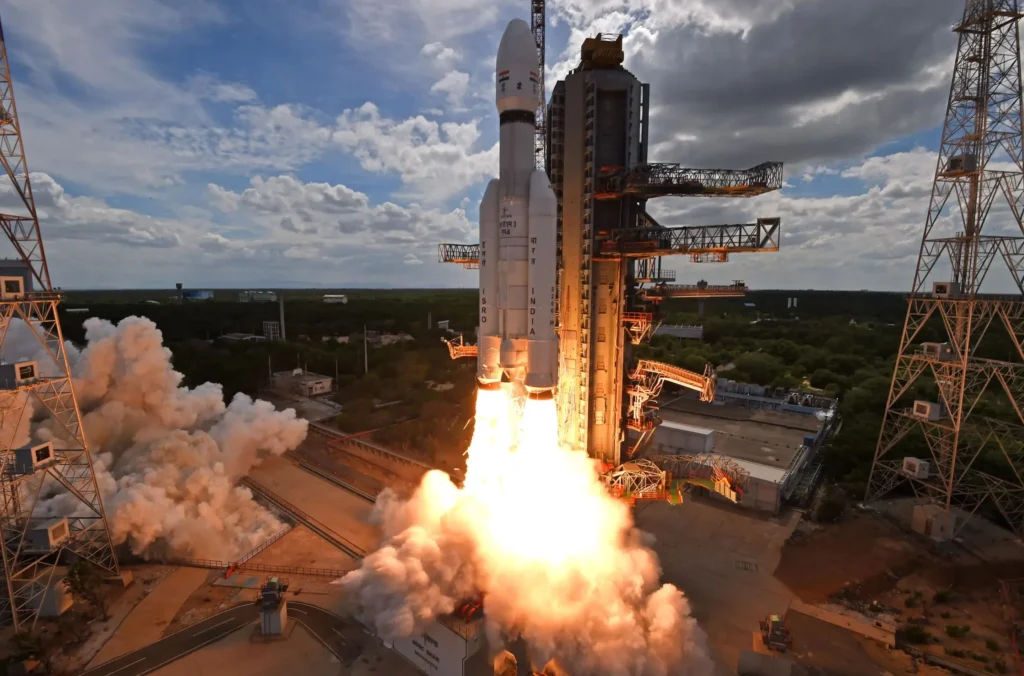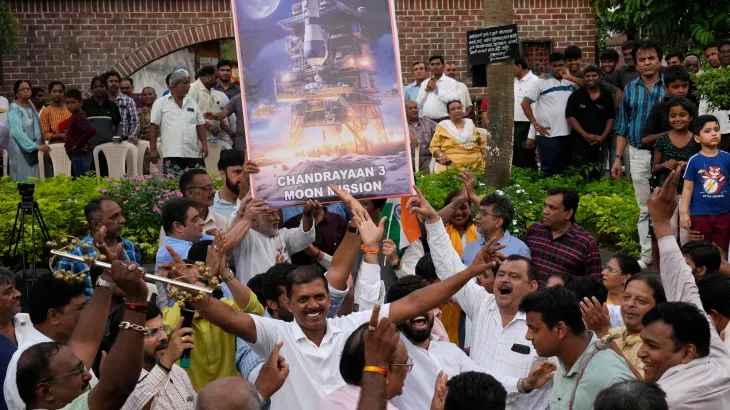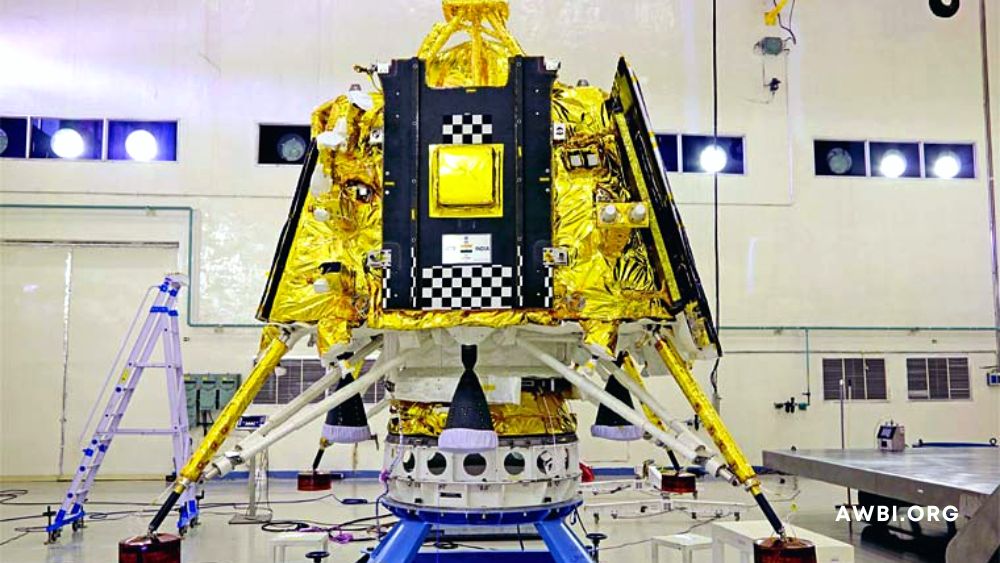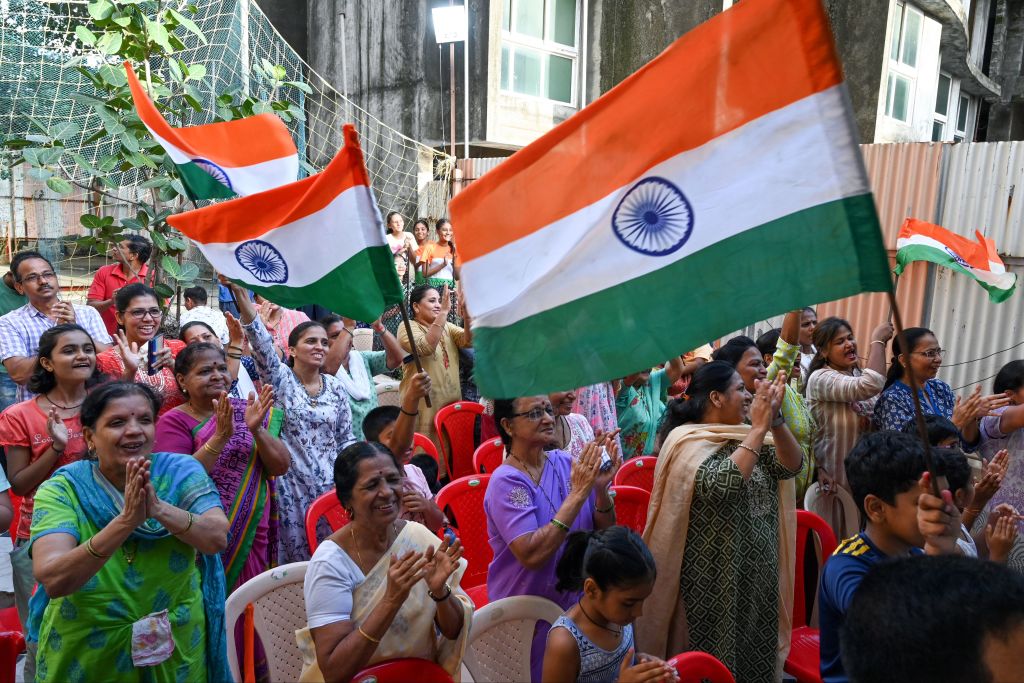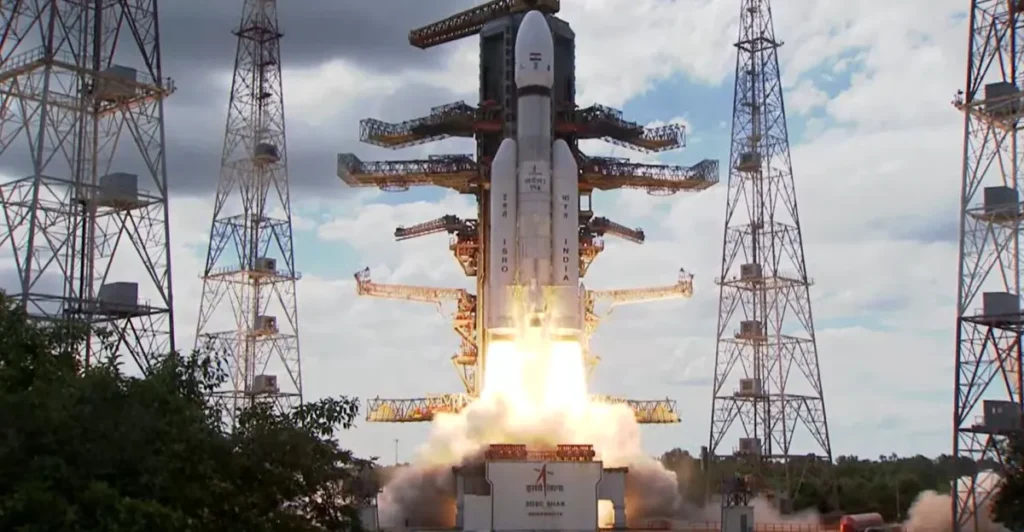On Wednesday the twenty-third India made history when they landed on the south pole of the moon. This is a feat that no other nation has yet achieved, and it can lead to many other scientific discoveries and is also symbolic as it may be India’s first claim to being a space superpower. The satellite had been launched on July fourteenth.
The most remarkable part of this feat is perhaps not where the satellite landed but the budget used to create such an amazing tool. In fact, three years ago the “Indian Space Research Organization (ISRO) estimated the Chandrayaan-3 mission would cost about $75 million.” To put this price into perspective, it would be useful to know that, while the ISRO receives 1.6 billion dollars in funding, the United States receives 25.4 billion. Furthermore, the delay in putting the program in action, its cost was first estimated in 2020, made it even pricier than before; however, Chandrayaan 3’s impacts will likely return ten-fold.
For the first time in history, a spacecraft has landed on the South pole of the Moon. Many may ask why it is so important for that to have happened, and this leads to one of the most debatable questions out there: is there other life in the universe? Many scientists have hypothesized that the craters near the Moon’s South pole were created by water, an essential part of life as we know it.
Other people, looking further in the future, hoped that “it could also be used for supplying propellant for spacecraft headed to Mars and other distant destinations.” India’s Prime Minister Narendra Modi declared that “we have reached where no other country could.”
Chandrayaan 3 is the third of the Chandrayaan program which has created the Pragyan Rover and Vikram Lander.
The landing module of Chandrayaan 3 is composed of the Pragyan Rover and Vikram Lander, and on August 17th, the landing module separated from its propulsion system.
The landing spot of Chandrayaan 3 has now been named Shiv Shakti by the Prime Minister who said that “In Shiv, there is resolution for the welfare of humanity and Shakti gives us strength to fulfill those resolutions. This Shiv Shakti point of the moon also gives a sense of connection with Himalayas to Kanyakumari.”
This landing marks India’s start at becoming a space superpower, a title that has many countries vying to reach the Moon; hopefully, this victory is one in many more. Moreover, let us wait and see if we learn more about life in the universe from this historical exploration.
Mihika Rajeev
